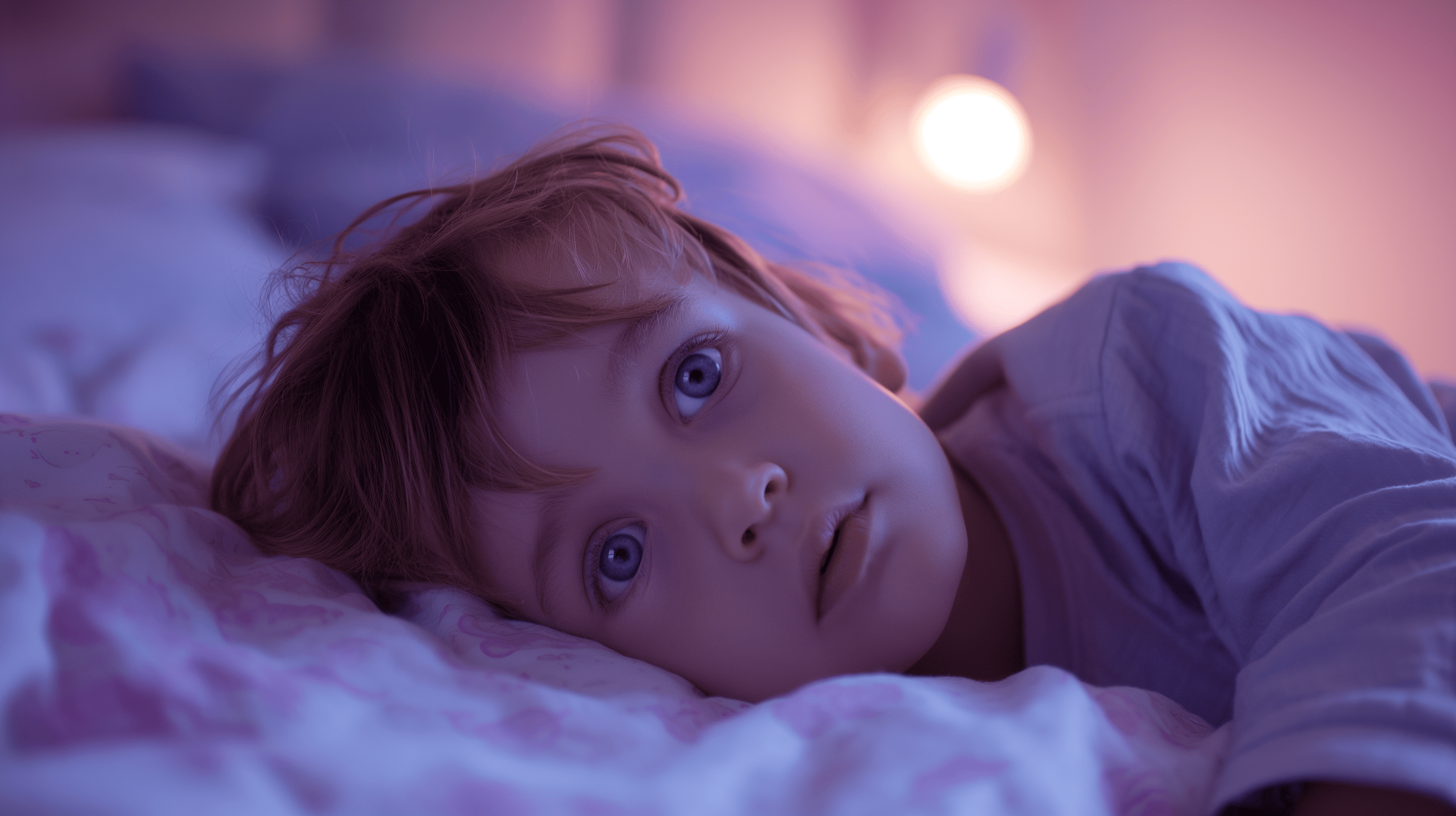The reasons are often organizational. The sleeping area should be comfortable, quiet, dark, and safe—these are the main parameters. The child might be cold/hot, sad/too happy, have an active, emotionally charged day, soiled diapers, hungry/overfed, or sick. Some children don't fall asleep after bathing as it invigorates and prevents sleep.
Practical tips for healthy sleep:
●Set a sleep schedule for yourself and your child. To fall asleep, the child should be tired.
●Bedtime and wake-up times should be roughly the same on weekdays and weekends.
●Avoid vigorous activities such as active play, watching TV, or playing computer games right before bed.
●Do not send your child to bed hungry. Some may benefit from a snack, but they should not overeat.
●Ensure that the child spends enough time outdoors (for natural light exposure) daily and engages in regular physical activity if possible.
●Keep the child's bedroom quiet and dark. A low-level nightlight is acceptable for children who find dark rooms scary.
●Maintain a comfortable room temperature between 18-22 degrees Celsius at night and adequate humidity between 45-60%. Do not place the bed close to a radiator.
●Do not use the child's bedroom for punishment.
●Establish bedtime rituals (brush teeth, change into pajamas, cuddle, read a story, etc.). If you cannot resolve the sleep issue alone, you may seek help from a sleep consultant. However, it is better to take the child to a pediatrician first to assess their health condition.
●Set a sleep schedule for yourself and your child. To fall asleep, the child should be tired.
●Bedtime and wake-up times should be roughly the same on weekdays and weekends.
●Avoid vigorous activities such as active play, watching TV, or playing computer games right before bed.
●Do not send your child to bed hungry. Some may benefit from a snack, but they should not overeat.
●Ensure that the child spends enough time outdoors (for natural light exposure) daily and engages in regular physical activity if possible.
●Keep the child's bedroom quiet and dark. A low-level nightlight is acceptable for children who find dark rooms scary.
●Maintain a comfortable room temperature between 18-22 degrees Celsius at night and adequate humidity between 45-60%. Do not place the bed close to a radiator.
●Do not use the child's bedroom for punishment.
●Establish bedtime rituals (brush teeth, change into pajamas, cuddle, read a story, etc.). If you cannot resolve the sleep issue alone, you may seek help from a sleep consultant. However, it is better to take the child to a pediatrician first to assess their health condition.
